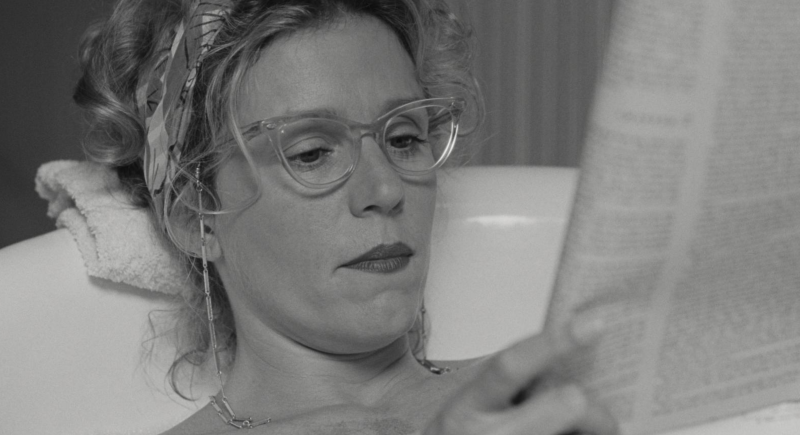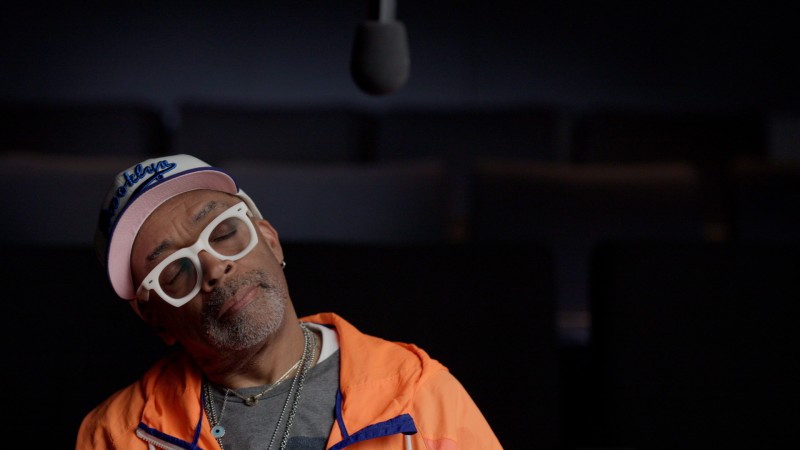Pleasure in the Process: A Rehearsal Scene in Topsy-Turvy

Though he works in the highly stylized realm of the horror genre, Ari Aster’s acute attention to the fraught dynamics of intimate relationships—evident in his psychologically penetrating new film Midsommar—makes it easy to see how he draws inspiration from the ensemble dramas of British filmmaker Mike Leigh, whose grittier, more naturalistic approach to cinema is otherwise quite different from his own. In this article, edited together from a recent conversation at the Criterion offices, Aster explains why he considers Leigh’s 1999 period epic Tospy-Turvy to be the most lucid expression of the director’s process.
When I first watched Mike Leigh’s Topsy-Turvy on DVD in college, I’d never seen a period piece that felt so generous and so free and so transporting. The film is a portrait of Victorian life, and its entry point is the relationship between librettist William Gilbert (Jim Broadbent) and composer Arthur Sullivan (Alan Corduner), which was on the verge of breaking apart after their operetta Princess Ida was tepidly received. In the aftermath, Gilbert attended a Japanese arts and crafts exhibition with his wife and was inspired to write a Japanese opera. Sullivan liked the idea and agreed to write the music, resulting in the success of The Mikado in 1885. This is the period that Leigh re-creates in Topsy-Turvy, and what becomes apparent in the film is that it’s Leigh’s love letter to the theater. For my money, it’s the greatest film ever made about the collaborative arts, and it’s the most illuminating film Leigh has made about process.
The movie gives you a dictatorial figure in Gilbert and a temperamental composer in Sullivan, but it is just as interested in the choreographer, the costume designers, the actors, the choir members, and the people managing the theater and turning on the lights. The Savoy Theater, which Gilbert and Sullivan ran, was the first in England to have electrical lighting, and peripheral details like this accumulate throughout the film and become objects of fascination that entire scenes revolve around. It truly feels like you’re watching lives being lived, and a specific time being lived through, and this comes from Leigh’s way of mining day-to-day experience. His approach to making period pieces is something absolutely unique to him—he creates these hermetic worlds that feel so authentic. So much is discovered as he goes along that his films are packed to the brim—and not with incident but with texture. Here, as with Mr. Turner, he completely eschews the typical structure of the biopic and builds a gorgeous tapestry of moments.
This rehearsal scene is one of my favorite scenes in any film ever. It’s classic Mike Leigh. It’s very lived-in and treated with an almost stubborn sense of patience, and it’s an extraordinary depiction of a director working with actors. What’s funny is that I have a feeling Leigh would disagree with just about everything Gilbert is doing as a director. But at the same time I also think that Leigh is somebody who appreciates methods that are nothing like his own. I’ve heard him speak with total reverence about Hitchcock, and I can’t think of any two filmmakers who are more different, at least in their attitude toward acting. Leigh does not view actors as cattle; they’re essential collaborators to him.





